Effective Timing for Graffiti Removal
The optimal time for graffiti removal depends on several factors, including weather conditions, surface type, and the age of the graffiti. Prompt removal minimizes surface damage and prevents the graffiti from setting in permanently. Typically, early intervention within the first 24 to 48 hours yields the best results, as fresh graffiti is easier to clean and less likely to penetrate porous surfaces.
Dry, mild weather facilitates safer and more effective graffiti removal. High humidity or rain can hinder cleaning processes and affect the adhesion of removal agents.
Non-porous surfaces like glass and metal are easier to clean quickly. Porous surfaces such as brick or concrete may require more time and specialized techniques, making early removal even more critical.
Fresh graffiti is generally easier to remove. Older graffiti can penetrate deeper into surfaces, requiring more aggressive methods and increasing the risk of surface damage.
Temperature fluctuations can affect removal effectiveness. Cooler temperatures may slow down chemical reactions used in cleaning, while extreme heat can cause surface damage.

A professional team removing graffiti from a building facade.
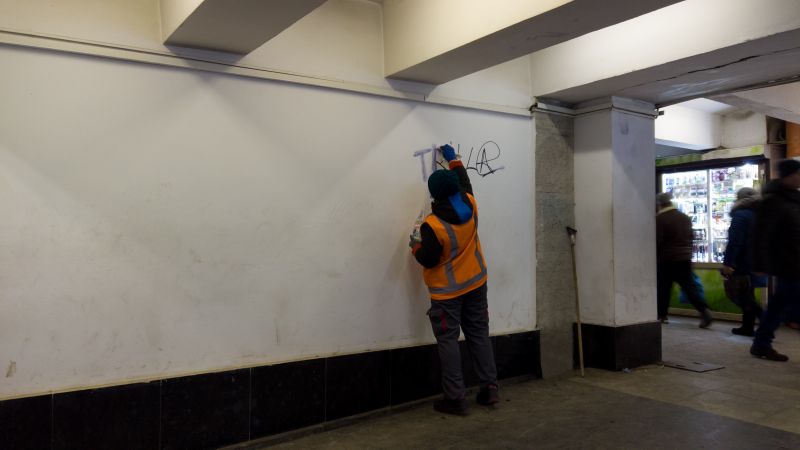
Specialized tools and chemicals used for effective graffiti removal.
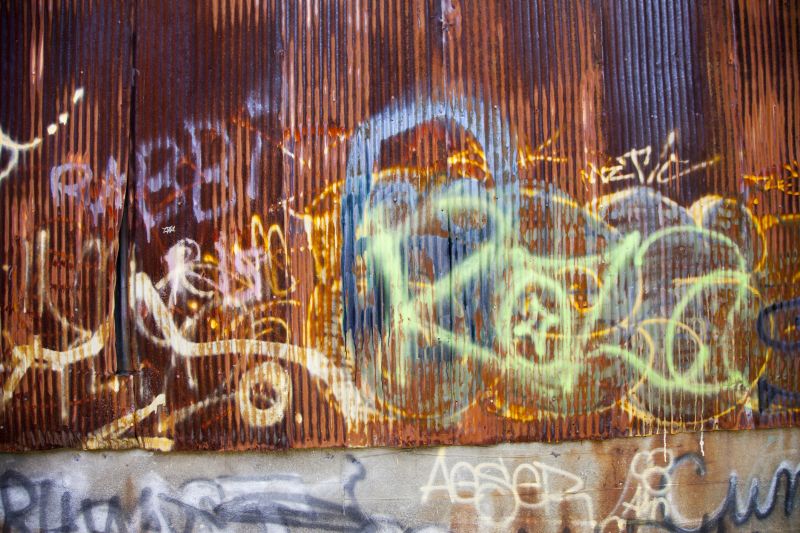
Comparison of surfaces prior to and after graffiti removal.
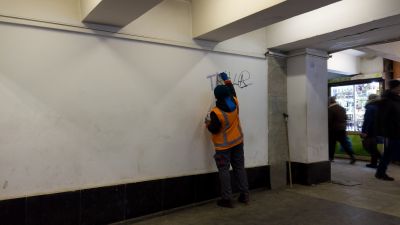
Ways to make Graffiti Removals work in tight or awkward layouts.

Popular materials for Graffiti Removals and why they hold up over time.
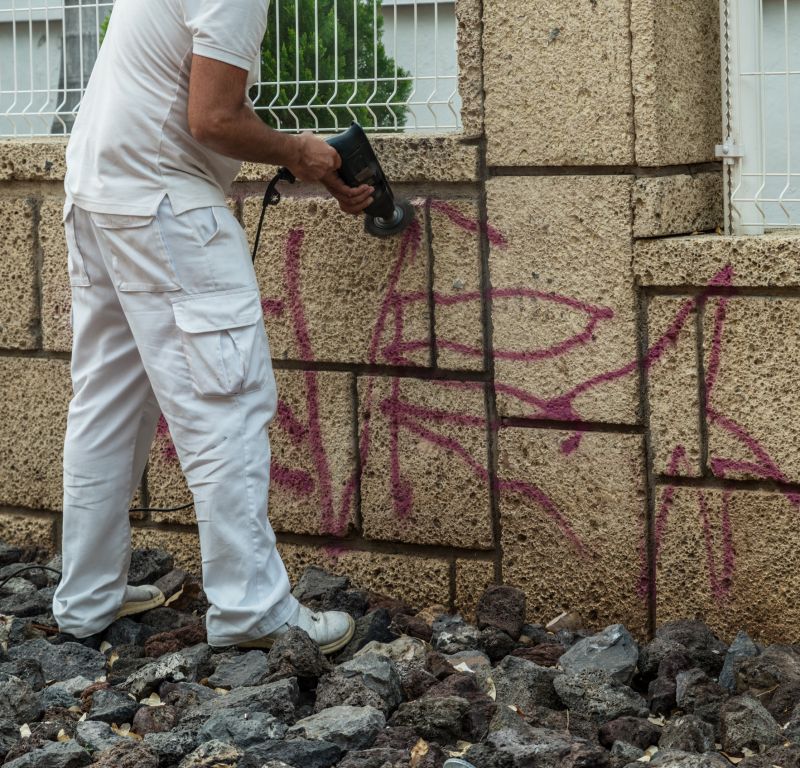
Simple add-ons that improve Graffiti Removals without blowing the budget.
Graffiti removal is a critical aspect of property maintenance and community aesthetics. Timely intervention not only restores the appearance of surfaces but also helps prevent the spread of vandalism. Advances in cleaning technology have improved the efficiency and safety of graffiti removal processes, allowing for rapid and effective results across various surface types.

High-pressure washers and chemical agents used in graffiti cleaning.
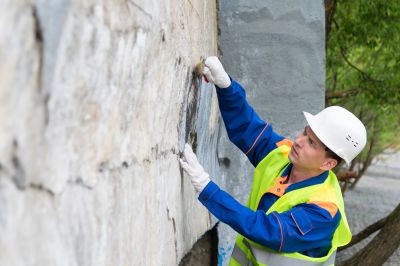
Removing graffiti from city infrastructure and public spaces.

Use of environmentally controlled methods for delicate surfaces.

Applying protective coatings after graffiti removal.
| Aspect | Details |
|---|---|
| Timing | Early removal within 24-48 hours is most effective. |
| Weather | Dry, mild conditions are ideal for cleaning. |
| Surface Type | Non-porous surfaces are easier to clean quickly. |
| Graffiti Age | Younger graffiti is simpler to remove. |
| Environmental Factors | Temperature and humidity influence removal success. |
| Legal Compliance | Timely removal supports community standards. |
| Techniques | Use of appropriate cleaning agents and equipment. |
| Post-Removal Care | Applying protective coatings can prevent future graffiti. |
Understanding the best timing for graffiti removal enhances the effectiveness of cleaning efforts and preserves surface integrity. Immediate action, combined with suitable weather conditions and surface considerations, ensures optimal results. Properly timed removal also contributes to community safety and aesthetics by discouraging vandalism.
Interested in scheduling graffiti removal services? Filling out the contact form provides an opportunity to discuss specific needs and receive professional guidance on the best timing for graffiti removal projects.
